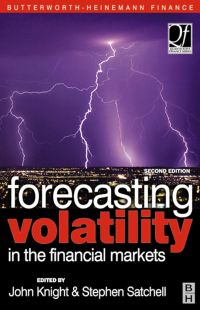



Clarissa McWhirter, vice-president of Cyprus Company, was pleased to see a small variance on the income statement after the trouble the company had been having in controlling manufacturing costs. She noted that the $17,385 overall manufacturing variance reported last period was well below the 3% limit that had been set for variances. The company produces and sells a single product. The standard cost card for the product follows: 10.00 $ 14.25 Standard Cost Card-Per Unit Direct materials, 4 metres at $2.50 per metre Direct labour, 1.5 direct labour-hours at $9.5 per direct labour-hour Variable overhead, 1.5 direct labour-hours at $2.6 per direct labour-hour Fixed overhead, 1.5 direct labour-hours at $5 per direct labour-hour 3.90 7.50 Standard cost per unit 35.65 $ The following additional information is available for the year just completed: a. The company manufactured 20,000 units of product during the year. b. A total of 79,050 metres of material was purchased during the year at a cost of $2.70 per metre. All of this material was used to manufacture the 20,000 units. There were no beginning or ending inventories for the year. c. The company worked 31,000 direct labour-hours during the year at a cost of $9.40 per hour. d. Overhead cost is applied to products on the basis of standard direct labour-hours. Data relating to manufacturing overhead costs follow: Denominator activity level (direct labour-hours) Budgeted fixed overhead costs (from the flexible budget) Actual fixed overhead costs Actual variable overhead costs $ $ $ 29,000 145,000 143,300 82,250 Required: 1. Compute the direct materials price and quantity variances for the year. (Indicate the effect of each variance by selecting "F" for favorable, "U" for unfavorable, and "None" for no effect (i.e., zero variance).) Materials price variance Materials quantity variance 2. Compute the direct labour rate and efficiency variances for the year. (Indicate the effect of each variance by selecting "F" for favorable, "U" for unfavorable, and "None" for no effect (i.e., zero variance).) Labour rate variance Labour efficiency variance 3. For manufacturing overhead, compute the following: a. The variable overhead spending and efficiency variances for the year. (Indicate the effect of each variance by selecting "F" for favorable, "U" for unfavorable, and "None" for no effect (i.e., zero variance).) Variable overhead spending variance Variable overhead efficiency variance b. The fixed overhead budget and volume variances for the year. (Indicate the effect of each variance by selecting "F" for favorable, "U" for unfavorable, and "None" for no effect (i.e., zero variance).) Fixed overhead budget variance Fixed overhead volume variance 4. Compute the total variance. (Indicate the effect of each variance by selecting "F" for favorable, "U" for unfavorable, and "None" for no effect (i.e., zero variance). Input all amounts as positive values.) Total variance










